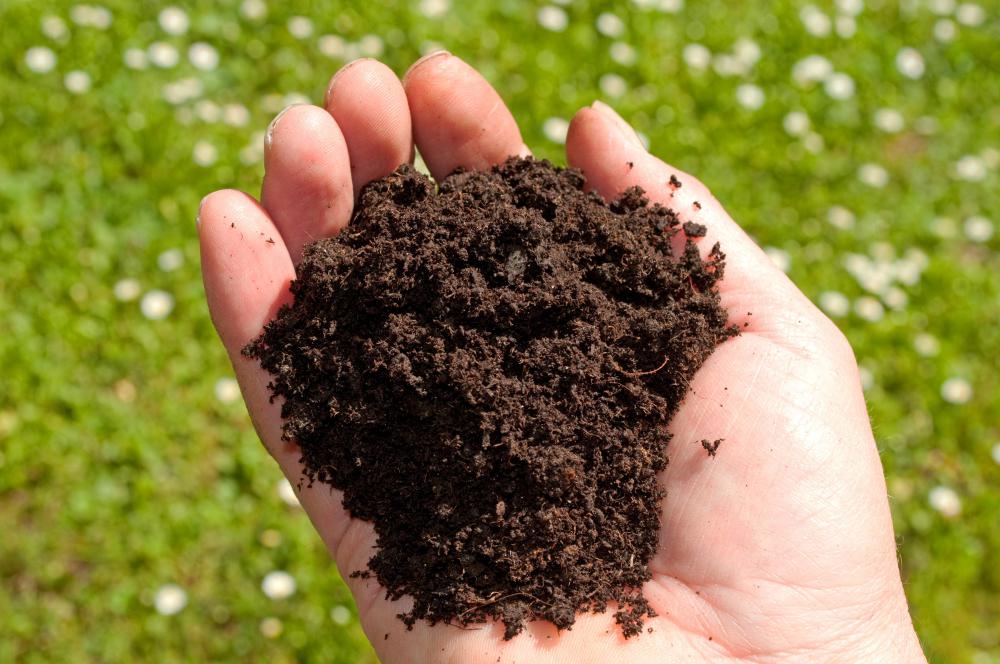At WiseGEEK, we're committed to delivering accurate, trustworthy information. Our expert-authored content is rigorously fact-checked and sourced from credible authorities. Discover how we uphold the highest standards in providing you with reliable knowledge.
What Are the Best Tips for Indoor Vegetable Gardening?
Indoor vegetable gardening is a great way for one to enjoy fresh vegetables throughout the year. One of the best tips for indoor gardening is planning ahead and figuring out how much space is available, choosing a location as well as choosing what type of vegetables will be planted. Any type of container can be used, as long as it is the correct size for the plant and has at least one hole for draining. The soil should drain easily and be suitable for each type of vegetable. Windows facing toward the equator are best for the plants to receive the most natural sunlight, but if such a window is not available, grow lights can help provide artificial light.
When it comes to indoor vegetable gardening, space does not have to be as limited as it might seem, because one can use windowsills and countertops for smaller pots. Hanging baskets are another great way for one to save space, or one can use a vertical planter for small vegetables and herbs. Cucumbers and other vines also can be grown vertically on a trellis or in a hanging basket.

Although any container will do, clay pots are one of the best types of containers for indoor vegetable gardening, because they do not absorb the heat the way plastic pots do. The size of the pots should be large enough for roots to fully develop, which will allow the vegetable plants to fully develop as well. A general rule is that larger vegetable plants, such as tomatoes, peppers and zucchini, will naturally require a larger pot than smaller vegetables, such as lettuce.

The soil used should be suitable for indoor vegetable gardening. It needs to drain easy, so a potting mix is more suitable than the soil from outside. When adding the soil to the pots, it should never be packed down, because that can hinder the roots from spreading throughout the pot. In addition, a thin layer of gravel at the bottom of the pots can help ensure that the draining hole will not become clogged by the soil or the roots.

Ongoing maintenance is essential for any indoor vegetable garden to ensure that it grows and yields a good crop. Regular watering is important to maintain the correct moisture in the soil. Fertilizer, whether in the form of compost or a chemical fertilizer, is also important, because it will help increase the yield. As with outdoor gardening, indoor vegetable gardening also can be affected by harmful pests that will have to be eliminated with either a chemical pesticide or a natural pesticide.
AS FEATURED ON:
AS FEATURED ON:














Discuss this Article
Post your comments